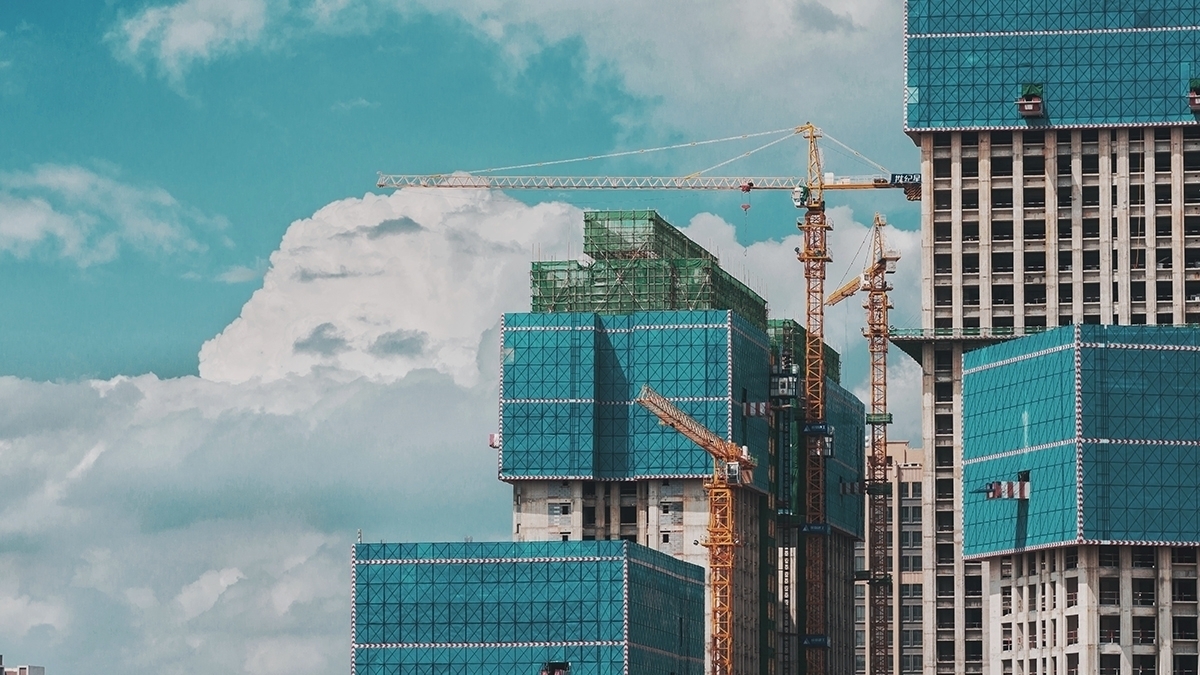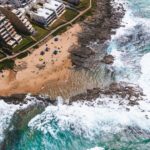


State of the Nation aims to lay new foundations and rebuild a new South Africa.
The themes of the State of the Nation included, among others; economic recovery, stimulating investment, sustainable yet significant job creation and unlocking integrated energy resources. While these themes are consistent with years before, its actions are what will define it from any other.
President Ramaphosa shares, “When I delivered the State of the Nation Address in this House last year, none of us could have imagined how – within a matter of weeks – our country and our world would have changed so dramatically. Our plans had to be adapted in response to a global emergency. Budgets had to be reprioritised and many programmes had to be deferred. Over the past year, South Africa has experienced a sharp decline in growth and a significant increase in unemployment.”
The Economic Reconstruction and Recovery Plan, is a long-term legacy programme that focuses on 4 major elements. These include the massive rollout of infrastructure, local production, job stimulation and creation, and lastly energy generation capacity.
At the helm of socio-economic transformation will be infrastructure. While skill development is branching throughout sectors such as transport, energy, water and telecommunications; construction on key projects has already begun and progress is already being seen. The dream of building new cities that will enable us to make a break with apartheid’s spatial development is becoming a reality, with two major human settlement projects launched in Gauteng. Additionally, the draft masterplan for the Lanseria Smart City, potential home for 350,000 to 500,000 people within the next decade, was completed in November 2020 and is now out for public comment.
Additionally, the Infrastructure Investment Plan sets to target construction and rehabilitation of the National roads. Backed by the R100 billion Infrastructure Fund, which is now in full operation, we will see the revival of construction and the creation of instant and consistent job creation.
“Bringing this topic closer to home, in KZN we are seeing private and public development teams transform the landscape to break the barrier to entry, integrate communities and bolster job creation. The flyover bridge that connects Umhlanga and Cornubia breaks former barriers, integrates communities of all LSMs, and has stimulated further property and infrastructure investment and growth from commercial, residential to transport. Additionally, while the catalytic Sibaya Coastal Precinct has already seen over 5000 jobs created over 4 years, through the development set for node 6, backed by Devmco Group, we can expect to see further 70 000 more jobs created over the course of the next 5 years. We can’t forget the masterplan set out for the North Coast by The Royal Shaka Property Group, which was formed through private sectors and has worked with Municipalities and Government to create outstanding yet inclusionary lifestyles. The results of construction are fast yet significant and are happening at every turn,” explains Stefan Botha, Rainmaker Marketing Director.
“Private developments of luxury estates are often seen as being for the only select few , but behind the scenes many of these development entities are working with Municipalities to enhance the area, enhance communities and integrate communities. Furthermore, while these estates do attract certain buyers, they also encourage foreign investment and stimulate significant job creation,” shares Botha.
As part of the employment stimulus, private sectors play a major role. Apart from creating job opportunities in areas like education, arts and culture, global business services, early childhood development, and small-scale and subsistence farming, the Government’s Investment Plan has also involved environmental programmes. This entails clearing of alien trees, wetland rehabilitation, fire prevention and cleaning and greening across all municipalities.
“We are seeing this evident in partnership between the Management Associations of precincts and Municipalities; together they are showing us how precincts can be transformed into safe, maintained areas for people to live in. The Umhlanga Ridge Town Management Association and Sibaya Precinct Master Management Association are key success stories of how these bodies help improve the environment and foster investment into these growing municipalities,” explains Botha.
The fourth part of the Government’s Recovery Plan involves the rapid expand of energy generation capacity. It was revealed that Eskom aims to achieve Zero Emissions by 2050. “Backed by the Green Building Council of South Africa, construction is leading the way with the increased development of green estates. Drawing on solar energy power, low faucet fixtures, and EDGE-certified technology, developments are significantly reducing energy emissions, and shaping the way we live,” shares Botha.
The delivery of the State of the Nation covered many elements that South Africa has been working on and highlighted the shortfalls and the areas that we need to continue to work through. This year is going to see the revival of construction, the start of significant development and infrastructure taking place. “We look forward to being part of a bigger picture, assisting developers to not only answer the mass market’s demands but to work alongside private and public sectors that are transforming the socio-economic landscape and changing the way we live in South Africa,” ends Botha.
 Rainmaker Property Market Report Released | Umdloti and Umhlanga
Rainmaker Property Market Report Released | Umdloti and Umhlanga
 Beyond the vote: Anticipating the property market post-elections
Beyond the vote: Anticipating the property market post-elections
 Rainmaker Marketing Property Market Report Western Cape 2024
Rainmaker Marketing Property Market Report Western Cape 2024
 Western Cape property outlook with Jenny Rushin, Regional Manager at BetterBond
Western Cape property outlook with Jenny Rushin, Regional Manager at BetterBond
 RMM talks all things Green with Georgina Smit from Green Building Council South Africa
RMM talks all things Green with Georgina Smit from Green Building Council South Africa